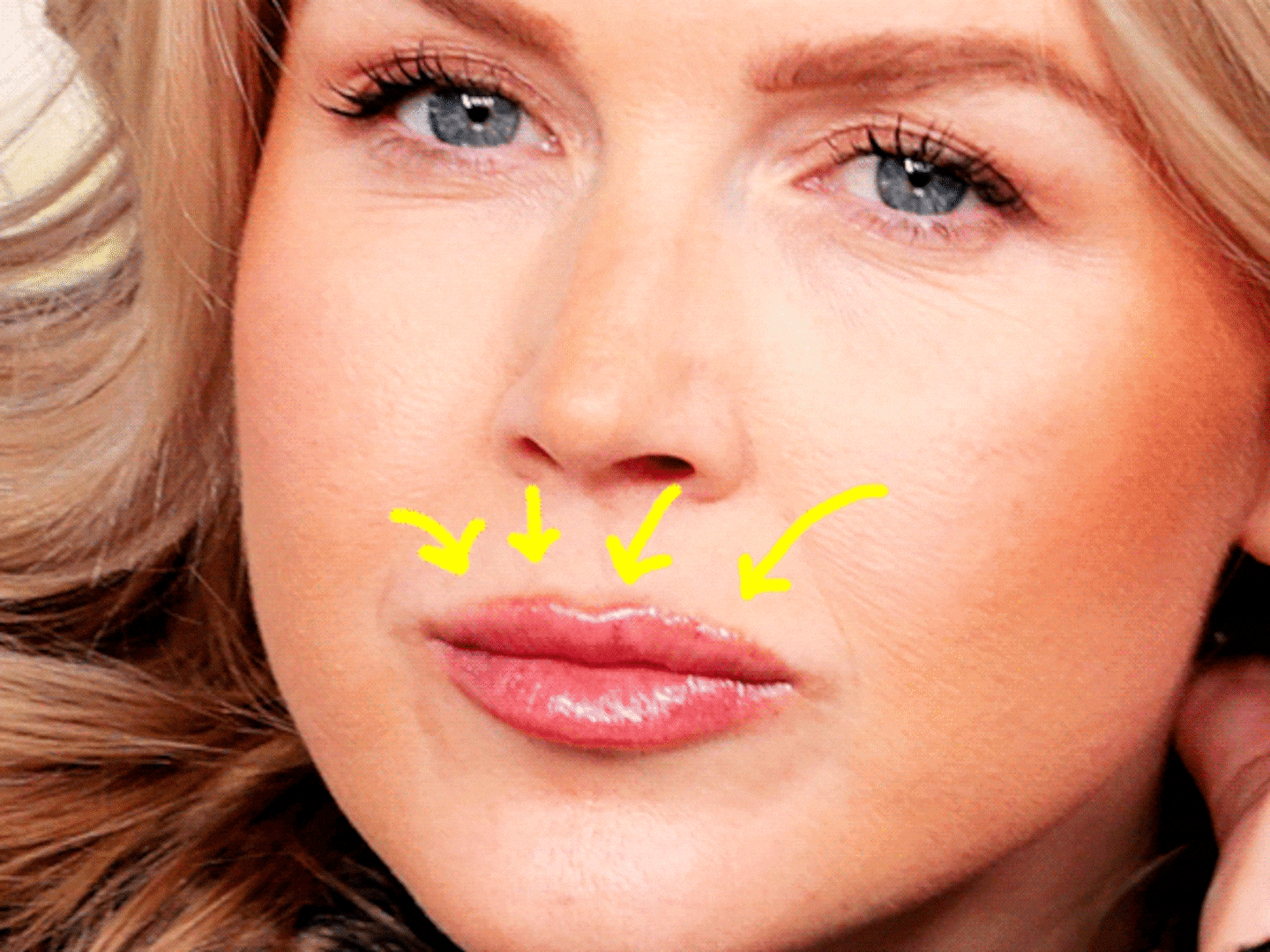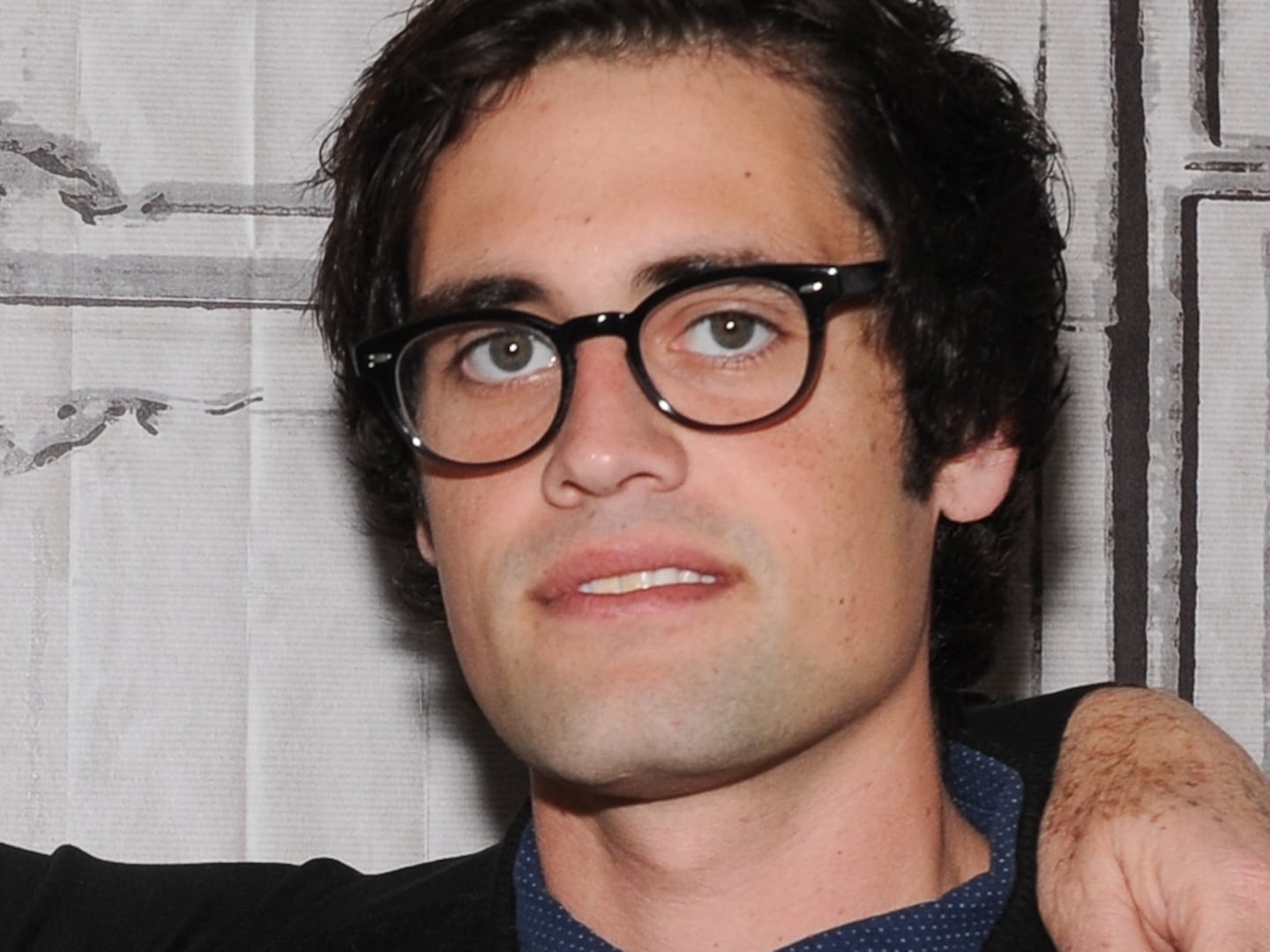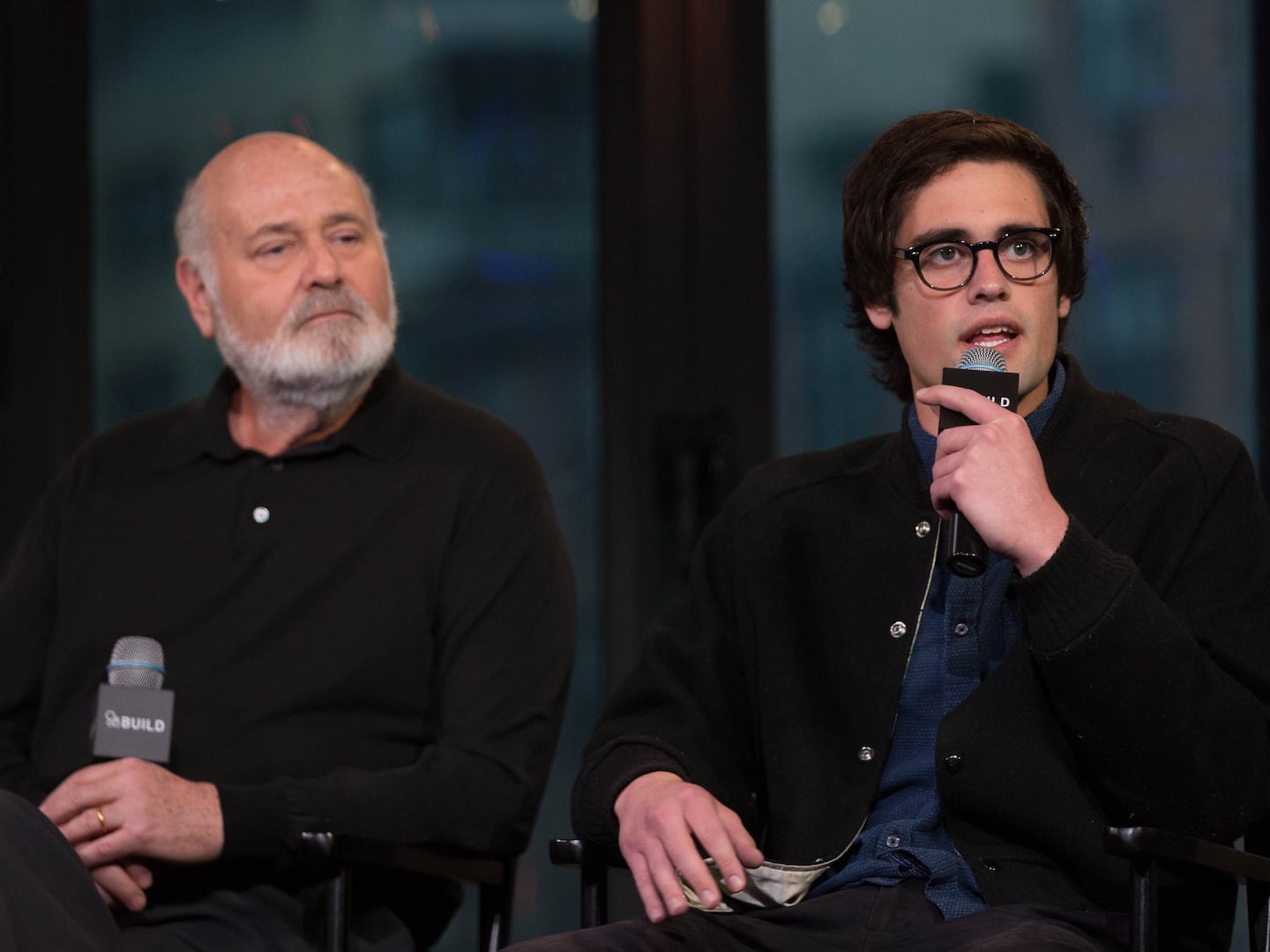
I’m sitting in the first-floor lounge of a Columbia University dormitory, talking to Owen, a junior who took half a tablet of Adderall this morning to study. Perhaps the most prominent of several “study drugs” used by students in the run-up to finals, Adderall improves focus, but not always on schoolwork: Owen spent 45 minutes writing an email to his mother, with “huge run-on sentences, going on tangents—I meant to make it brief.” It’s 4:30, and the drug’s effect has started to wear off. He’s speaking thoughtfully, not in the robotic, brisk tone of voice I’ve been told to expect from an Adderall user at the peak of their high.
A male student in shorts and a polo shirt walks into the near-empty room; I stop talking about Adderall for a moment so as not to embarrass Owen in front of another student. But the student turns out to be Owen’s friend James, and he sits down with us. Before hearing what we’re talking about, he looks over at Owen and says, “Study drug time,” pulling out a pill bottle. James is Owen’s neighbor and supplier, and he provided Owen with the Adderall he took today, for only the second time ever. The first was recreational, at a party, combined with cocaine and Ecstasy. A third student, April, soon wanders in, looking for James so that they can dope up together and head to the library for an evening of studying.
Of her friends, April seems the most cognizant of Adderall’s drawbacks. “We’ve become so dependent,” she says. “I wouldn’t survive without James’ prescription.”
Adderall—and, broadly, study drugs and the mystique surrounding them—is at its annual high-water mark this finals season. The pill occupies the strange middle ground where the libertine drug culture meets high-stress study culture. Its use is more dangerous than, say, caffeine, but it’s every bit as popular. What was once a secret epidemic is now, for students, a very public choice, on par with smoking cigarettes or drinking. (While students are forthcoming or even exhibitionistic about their drug use, all those I spoke to feared the loss of job opportunities and asked to be identified using assumed names.)
Zoe, a student at Brown, says campus drug dealers, including her's, sell Adderall alongside marijuana and cocaine, and that this availability has encouraged first-time use during this finals season: “Some of my friends who smoke weed but don’t do anything else have gone and bought Adderall. You basically just call a dealer.” Zoe herself once used Adderall weekly, when roommates had prescriptions, but this semester intends to use it only during exam periods: “I’ve never been at the point where I need Adderall so much where I would buy it if it were difficult or not readily accessible. I don’t know where I would begin to find it outside a college setting.”
What makes study drugs so accessible is the manipulation of prescriptions. Adderall is provided often and easily: James went to a psychiatrist early in his college career to talk about feelings of depression, but the doctor, noticing his diverted attention, administered a heart rate test before prescribing Adderall. “They just feel the need to prescribe something,” said James, who hadn’t sought a prescription. While James doesn’t sell his drugs, giving them instead to select friends, he says he has often seen late-night library transactions where students pay as much as $20 for a single pill. He tells me he now only uses his drugs—he is prescribed 60 30-milligram pills a month—during exam periods, “before a test or to stay up all night. I use them to stay focused and stay awake.” When I ask him if he plans to take a pill before the end of the year, he holds up his pill bottle and replies, “I just did.” I had been looking at my notes. “I’ve been good about using it sparingly,” he says, “but this week, I’m not gonna worry. Next week, school will be over, and then I’m just going to chill.”
Liberal arts students like Zoe use Adderall to finish papers on time, but James, who is a quantitative student, studies on Adderall, then takes tests while coming down. To minimize the crash, James usually takes a fraction of a pill before a test, a strategy he says helps him to retain the knowledge but causes him to become overly detail-oriented. “You just want to pour out everything,” James says, recounting an instance where he spent almost half a test period working on a single problem, even though he knew his numbers weren’t right.
“Study high, take the test high, get high scores,” says Nick, a recent NYU graduate who hasn’t taken Adderall since leaving school. Nick was far less enthusiastic about Adderall than the current college students I spoke to, nearly all of whom saw the drug as an unconditional benefit. Nick disdains people who call Adderall “an unfair advantage” and says use of the drug was discussed openly at NYU, as elsewhere. He adds, though, that during last winter’s finals, before he graduated, he was taking 40 milligrams of rapid-release Adderall daily: “I’d have to go home and take Percocets and get drunk like every night just so my back wouldn’t hurt” from being tensed in hyperactive study for hours. Despite what might appear to be his abuse of Adderall, Nick has a prescription for the drug: “What was the psychiatrist gonna do otherwise, talk me into concentrating?”
Of course, using Adderall without a prescription can result in even more careless use. Owen, for instance, was surprised to learn that 15 milligrams, the dose he had taken before our interview, was greater than the typical dose given to first-time Adderall users—he had thought he was reducing his dose to a negligible amount by splitting a 30-milligram pill in half. His friend April has improvised a dosing method, as well; she says she takes a quarter of a 30-milligram pill every three hours while studying.
Beth, a Columbia senior I meet at a local coffee shop, has been a prescribed user of Adderall and Ritalin since she was 13 and is staunchly opposed to the casual use of these drugs. During finals, friends consistently ask her to share her drugs. “By giving you my personal medication, you’re asking for my endorsement,” she says. “I know what your GPA is, and you don’t have anything like that, and you’re fine.” She picks at her bright pink petit-four. “This has been a struggle: It’s not something I do for fun, and it’s something I take personally.”
Beth began using Adderall because she was having trouble in school. “I had such a different opinion of Adderall in high school; people were able to explore the things they loved,” she says. “People tend to take advantage of it. But for some people, reading books they love is the world’s biggest challenge.” Now she has a darker view, as she is particularly aware of her classmates’ drug use. “I’ve seen people pass on Adderall at 11:30 in the hallways of the library. They hand these advantages out to people who don’t need them. Adderall and Ritalin are a means to an end, but what’s the end?”
Molly Young, a writer and recent Brown graduate who wrote about her experiences with Adderall for the magazine n+1, told me that even now, she missed taking the drug. “It made me feel as though I were in control of my facilities,” she says. “And it made me feel like I had facilities to begin with!” Outside the college environment, however, she avoids the drug: “‘Thinking hard’ is such a lame and adult-like substitute for Adderall. But there you go.”
Of her friends, April seems the most cognizant of Adderall’s drawbacks. “We’ve become so dependent,” she says. “I wouldn’t survive without James’ prescription.” But for her, and her friends, it is less a question of facilities than of experimentation and comparative advantage, given the drug’s high visibility on campus. April uses it not out of necessity but to make studying, a traditionally arduous task, tolerable. “If I’m up at 4 a.m. with no Adderall, I’d be awake but miserable. It just pushes out the bad thoughts.” I tell her I was working at 4 a.m. the night before, fueled only by coffee, and James leans over and offers me a pill, which I refuse. James is nonchalant; his evolution was the opposite of Beth’s. “In high school, I was like ‘cheaters!’” he says. “And then I came here and I was like, ‘Everyone’s taking it, get me in on it.’”
The interview is over: James’ high is beginning to set in, and he and April go outside to smoke a cigarette before their study session. Owen, coming down, seems more inclined to stay in his armchair. “Happy studying!” I tell James and April. April replies, laughing, “Oh, we will be happy!”
Daniel D'Addario is a senior at Columbia University who has contributed to Newsweek and The Awl. He is co-editor of IvyGate, a college news and commentary blog.






